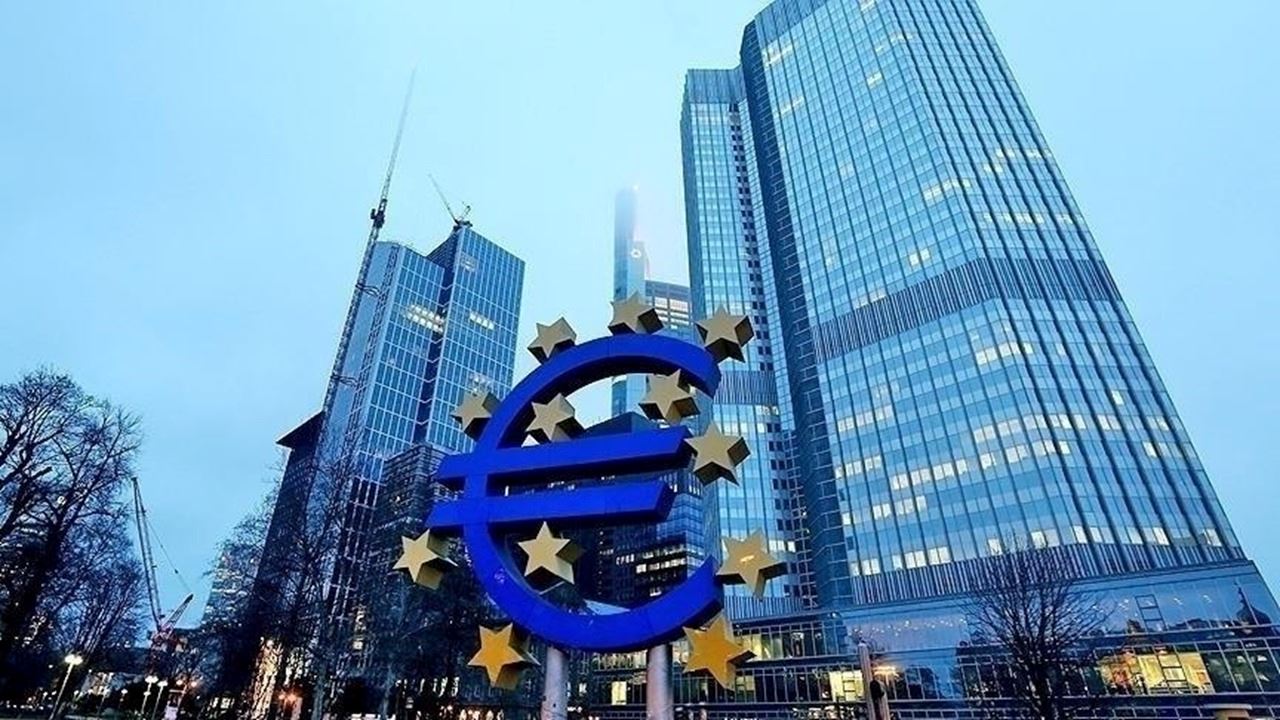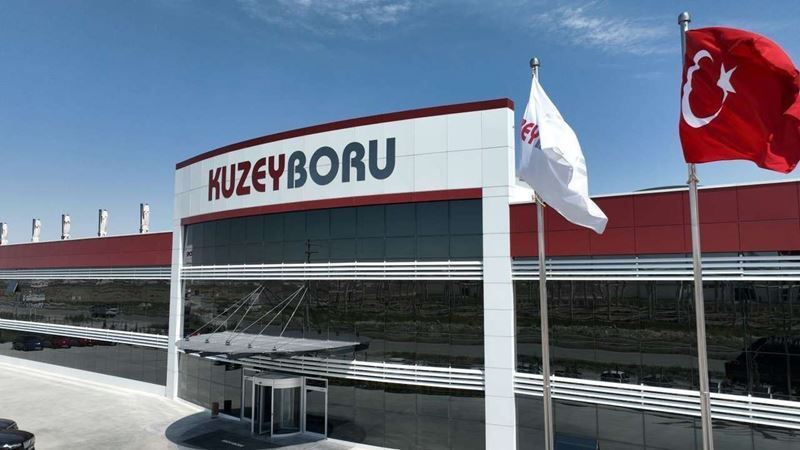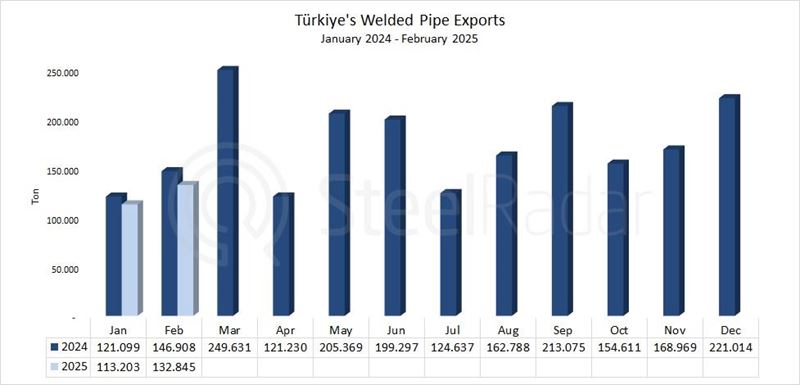Although analysts had forecast a rise to around 2.4%, preliminary data from Eurostat revealed that inflation climbed to 2.6% in July 2024, surpassing the 2.5% level recorded in June.
This increase was driven primarily by a 1.4% increase in energy prices, which followed a increased by 0.2% in June. Core inflation, which excludes food and energy prices, remained steady at 2.9%.
Annual inflation rates in July reached their highest levels in countries such as Belgium (5.5%), the Netherlands (3.5%), and Estonia (3.5%). Conversely, Finland (0.6%) and Latvia (0.8%) reported the lowest inflation rates. Consumer prices in Germany, Italy, and France increased by 2.6%, 1.7%, and 2.6%, respectively.
The highest quarterly GDP growth was recorded in Ireland (1.2%), Lithuania (0.9%), and Spain (0.8%). Latvia (-1.1%), Sweden (-0.8%), and Hungary (-0.2%) experienced the largest contractions. These disparities among EU member states are noteworthy.
The European Central Bank forecasts Eurozone GDP to grow by 0.9% in 2024 and 1.4% in 2025. Inflation is expected to remain at 2.5% in 2024 and 2.2% in 2025. In 2026, Eurozone GDP is projected to grow by 1.6%, with inflation dropping to 1.9%.
Rising energy prices, coupled with increasing food and service sector prices, are pushing inflation upwards in the Eurozone, a trend expected to continue. Economic growth forecasts for the Eurozone are being revised downwards due to rising inflation and global economic uncertainty. The European Central Bank's interest rate adjustments are likely to further restrict growth prospects, potentially pushing the Eurozone economy into a period of stagnation.









Comments
No comment yet.